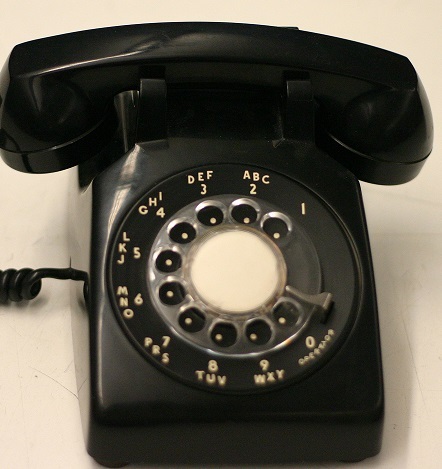You can't report about any industry for 33 years and not chronicle dramatic change, even one accused of being as slow-moving as telecom often is. But there are rarely signposts for that change.
On what day did you get -- or send -- your last fax? When did keynote speakers stop referencing their kids' behavior to explain the explosion of in-home devices? (Also, if you are still doing this, it's time to stop.) When did we stop expecting our landline phones to work after a power outage? Or caring when they didn't?

All of those transitions happened with little notice, but each was some kind of landmark. Today, we got a signpost, a clear signal of a significant shift in consumer behavior in the US with a survey conducted by the Internet Innovation Alliance (IIA). The survey shows that consumers don't really distinguish between fixed and mobile broadband service, seeing each as capable of supporting "bandwidth-intensive activities" such as streaming video and reliable enough for tasks like homework and job applications.
And according to the IIA and former Congressman Rick Boucher of Virginia, who presented the results in a press conference today, the only reason some folks are hanging onto their wireline broadband Internet service is that it comes packaged with video and voice, and it's more costly or too much trouble to shift.
The numbers are pretty straightforward: 26% prefer cable broadband, 23% prefer mobile, 20% have no preference, 14% prefer fiber, 7% chose DSL and 3% opted for satellite. So right now, there is a slight preference for wireline, but that pace of the shift has accelerated over the last two years. And while younger folks trended mobile, there was a shift across all demographic groups. Even us old farts are becoming more dependent on our wireless devices.
Clearly, those preferences were framed by what's available to a given consumer -- as Boucher conceded -- because no one would otherwise prefer DSL over fiber or, for that matter, cable over fiber. (Says someone who had fiber and was forced back to cable by a move.) But the shifting preference to wireless basically trumps everything as it becomes universally available.
Certainly, this speaks to how pervasive LTE is fast and reliable -- so much so that not only are consumers happy with its broadband capabilities but it's become a popular back-up option for business services. Clearly, the arrival of 5G could signal the displacement of wireline access altogether for many people.
What this trend also speaks to, however, is how we as consumers have changed and how our expectations have shifted. Use a wireless connection often enough and you stop caring so much about voice quality or having to occasionally redial, as long as you can make the connection. Discover that texts and emails get through to people when calls sometimes don't and you stop thinking you need to talk to someone to communicate. Enjoy videos-on-demand in the airport and the screen size isn't an issue.
When your power goes down, you reach for the cellphone. If you need to send a document, scan it (or take a picture) and email it. As for reaching 911 in an emergency, as my colleague Phil Harvey put it, "We've gone from dial tone to 'Alexa, call the cops.'"
It's almost quaint now to think of the years that fiber-to-the-home was constrained by the lack of a networking powering option or the fact that the early FTTH and VoIP deployments came with backup batteries. The time spent fretting over call quality also seems to have been time wasted. It seems where convenience and instant gratification are factors, there's a whole lot we're willing to give up.

